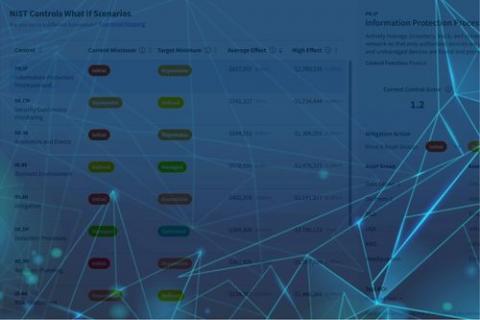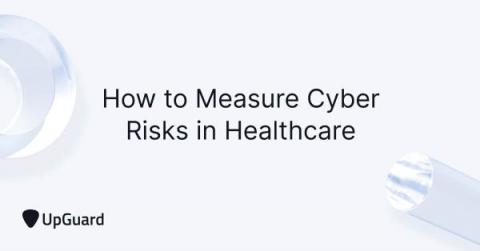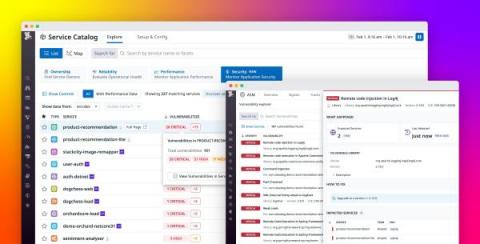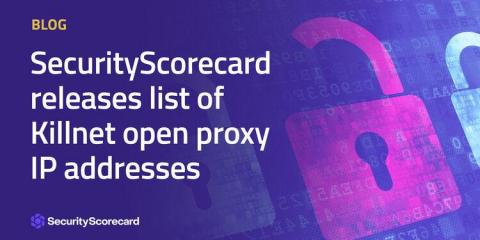I Am Suing You! Legal Threats in Phishing Emails
Unless you’ve been avoiding your inbox like a cybercriminal avoids sunlight, you’ve probably seen something like this before: That right there is a classic example of a phishing email. Most security-aware individuals can spot a phishing email from a mile away. In the past, it used to be the misspellings, such as in this email, that gave it away. Now, misspellings and poor grammar aren’t ideal indicators of phishing attempts.











